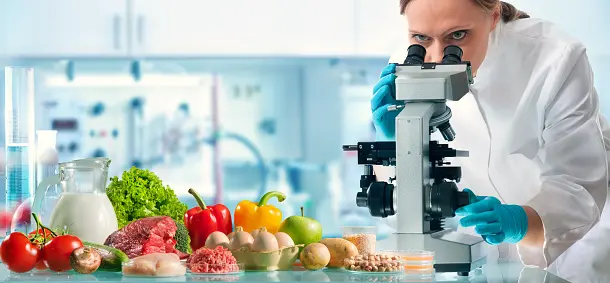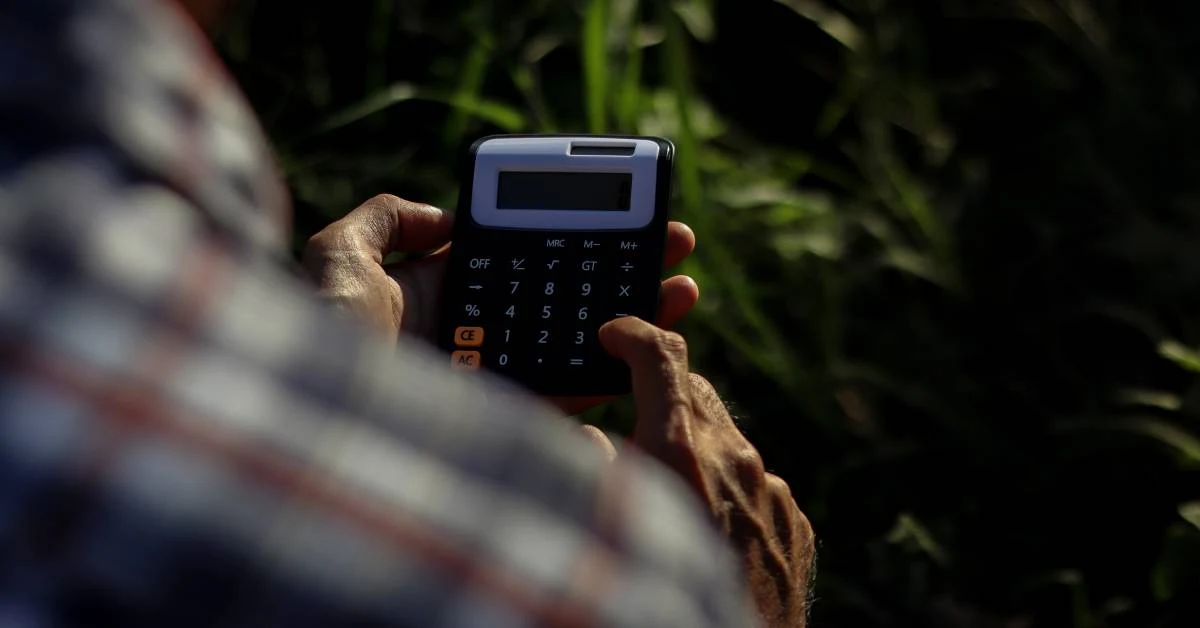Food Safety Risk Assessments
‘Each year in the United States alone, it is estimated that more than 33 million people become ill as a direct result of foodborne illness.’ – The University of Rhode Island
Food regulating authorities all over the globe are focused on eradicating the chances of the emersion of foodborne illnesses and eradicating hazards that are linked to them by detecting potential harm and nipping the risk in the bud.
To do this, food safety risk assessments are conducted. Below is all you need to know about how they are done and why.
What is the difference between hazard and risk?
The WHO (World Health Organization), when speaking of a thorough risk assessment, puts both the words, ‘hazard’ and ‘risk’ in the same bowl of consideration. Often at times, we also tend to use both words interchangeably when, in fact, they are anything but similar.
- A hazard has the potential to cause you serious harm.
Example: Harm caused by lightning
- A risk is the likelihood of the emergence of this harm-causing hazard and it differs from one situation to the other.
Example: The risk of being struck by lightning indoors and the risk of being struck by lightning outdoors, which is practically greater.
In other words, the lower the exposure (in dose and duration) to a hazard, the lower the risk.

What is Risk Assessment?
‘Risk assessments are resource-intensive, data-driven activities designed to provide risk managers with the ability to consider a range of mitigations that are intended to improve public health.’
Naturally, we all want to avoid food that could potentially put our health at risk. Foodborne illnesses are therefore a vivid concern not just for the consumers but for the food makers and business holders as well. But who keeps a check and balance upon the quality of food and who decides what is safe to eat and what is not?
Here is where food safety risk assessment steps in; this scientific process is composed of:
- Main components of risk management:
- evaluating the risk
- selecting the best course of action
- making management decisions on final processes
- monitoring and reviewing the effectiveness of risk management measures
- documenting all processes and keeping detailed records
Risk management, in general, is based on four steps:
- Hazard identification
- Hazard characterization
- Exposure assessment
- Risk characterization
Types of Risk Assessments
The types of risk assessments are listed below:
- Risk assessment is the scientific information that describes the likelihood and magnitude of specific hazards.
- Risk management applies to processes used to control potential hazards.
- Risk communication is the exchange of information about the hazards between the people connected to the processes involved.
The 4 steps of a risk assessment
There are four basic steps to consider and walk through while conducting thorough risk assessments in order to properly evaluate the potential risks and hazards connected to the food at hand.
These steps are stated below:
Step 1 – Hazard Identification: “Could this food or anything in it be harmful?”
In this step, the assessors analyze scientific data to rule out biological and chemical hazards in the food.
Step 2 – Hazard Characterization: “What effects do the hazards cause?”
All the scientific data is now used to decide whether the evidence is tough enough to prove a potential hazard in the food. The assessors use this data to study the nature of these health effects and also calculate a safe level of exposure.
Step 3 – Exposure assessment: “Who may be harmed and at what level may the exposure be harmful?”
In this step, the assessors estimate how much the consumers of the food are at risk keeping in consideration both the dose and duration of the ingestion. The consumers are divided into:
- population groups (e.g. infants, children, adults)
- sub-populations (e.g. vegetarians, vegans)
Step 4 – Risk characterization: “How likely is it that people will experience exposure at a level that can cause harm in real life?”
The last and final step is where the experts finally make a data-driven decision. This decision is based on previously collected data including the nature of the hazard and level of exposure. The level of exposure that can cause harm is compared to the actual level of exposure that someone would experience in real life. If the exposure level is higher than that which causes harm, there may be a safety concern for consumers in general or for specific groups.
Risk Assessment Process
- The nature and characteristics of food safety issues are identified and expressed
- The risk profile is developed by the RAC, describing the situation, product or commodity at hand and the information by which the consumers are exposed to the hazard.
- The decision on whether a risk assessment is necessary or not will be taken jointly by the Committee (including experts and FSSAI officials)
- A request proposal for the commissioning of risk assessment is issued by the RAC for the relevant Scientific Panel
- The data from the risk assessment studies are provided to the relevant scientific panel for scientific opinions
- The scientific opinion provided by the Panels is either vetted by the scientific committee or for further decision.
- If approved, it is forwarded to Food regulators and Food Authority for policy decisions.
- FSSAI and Food Authority provide options to mitigate or control the risk.
- In case of any further clarifications on the scientific opinion from the Scientific Committee or Food Authority, the RAC coordinates and provide the same for consideration in subsequent meetings.
- FSSAI, as risk Managers, are responsible for developing a risk management policy.
- FSSAI is also responsible for the risk communication portion, this being a two-way process that involves sharing the information internally between the risk analysis team and with external stakeholders including the general public.
- The essential database required to conduct a risk assessment is now developed and maintained by RAC.
Applications of Risk Assessment
Risk Analysis: The idea that the risk of unsafe food can never be completely eliminated so businesses focus more on the hazards that pose the greatest risks, and strategies or practices that provide the greatest reduction in risk.
Risk Assessment: Careful study of the firm’s current production practices is conducted to determine whether the practices may lead to a foodborne health problem.
Hazard Identification: The process of evaluating the risk of chemical, physical, biological, or any other form of attack that may deem the food unsafe.
CARVER + Shock: The process of assessing the risk of an intentional attack on the food business
Risk Management: This refers to the business strategies and practices that are adopted to minimize the likelihood of a potential hazard. Some of these practices may be mandated; others may be adopted by the firm after a benefit/cost analysis.
Cost-Benefit Analysis: A numeric analysis to identify hazards that pose the greatest risk of foodborne illness and the business practices that result in the greatest reduction of the risk of promoting it. The business practice that is used to reduce the risk of unsafe food is the “cost” in cost-benefit analysis; the value of reducing the risk is the “benefit.”
Risk Communication: This involves
- consumer information (education) about the product and its safe handling
- public explanation and reassurance when a problem arises
Why is risk assessment used to guide decisions?
Risk assessments are extremely crucial as they form an integral part of an occupational health and safety management plan.
They help to:
- Create effective awareness of hazards and risks.
- Identify and locate who may be at risk (e.g., employees, visitors, the public, etc.).
- Determine whether a control program is required for a particular hazard.
- Determine if existing control measures are adequate or if more should be done.
- Prevent injuries or illnesses.
- Prioritize control measures.
- Meet legal requirements where applicable.
Regulatory Requirements for Risk Assessment
It is important to remember that a hazard characterization (step 2)) investigates how strong the evidence is for a substance is harmful. This is where they place hazards in groups from 1 to 4.
- Group 1: Placement in this group indicates that there is strong scientific evidence for an agent (e.g. food or ingredient) being carcinogenic.
- Group 2/3.6: Placement in this group is done if the evidence is lacking, inadequate or non-conclusive in humans.
- Group 4: Placement in this group 4 indicates that there is sufficient evidence to state that the agent is probably not carcinogenic in humans.
‘Two agents in the same group cannot be compared based only on their placement after a hazard characterization, as their respective risks and consequences in real life may be very different when the exposure assessment (step 3) is also taken into account.’
FAQs:
Q1: How do you determine if there is an emerging food safety issue?
If the percentage of overall foodborne illnesses rises in an area or country, it is clear that there is a new emerging food safety issue.
Q2: How many steps are there in a food safety risk assessment?
There are a total of four steps in food safety risk assessment; hazard identification, hazard characterization, exposure assessment, risk characterization
Q3: How are risk assessments developed to guide food safety policies?
Risk assessment requirements include ample documentation in order to guide food safety policies. The level of documentation depends on:
- Level of risk involved.
- Legislated requirements.
- Requirements of any management systems that may be in place.
Q4: How is a food safety risk assessment conducted?
A food safety risk assessment is conducted by:
In general, to do an assessment, you should:
- Identifying hazards.
- Determining the likelihood of harm, such as illness and its severity.
- Identifying actions necessary to eliminate or control the hazard.
- Checking whether the hazard has been eliminated or if the risk is appropriately controlled.
- Monitoring to make sure the control continues to be effective.
- Keeping any documents or records that may be necessary.







